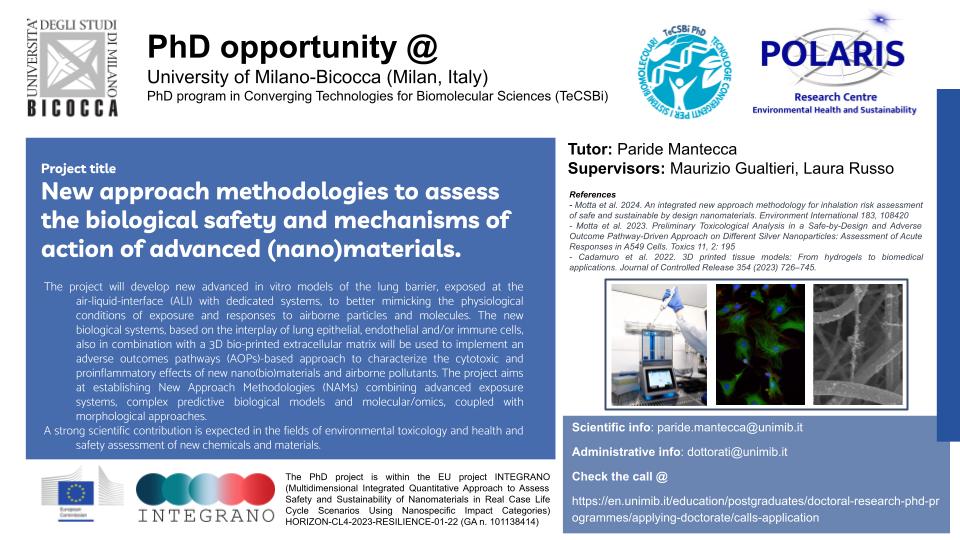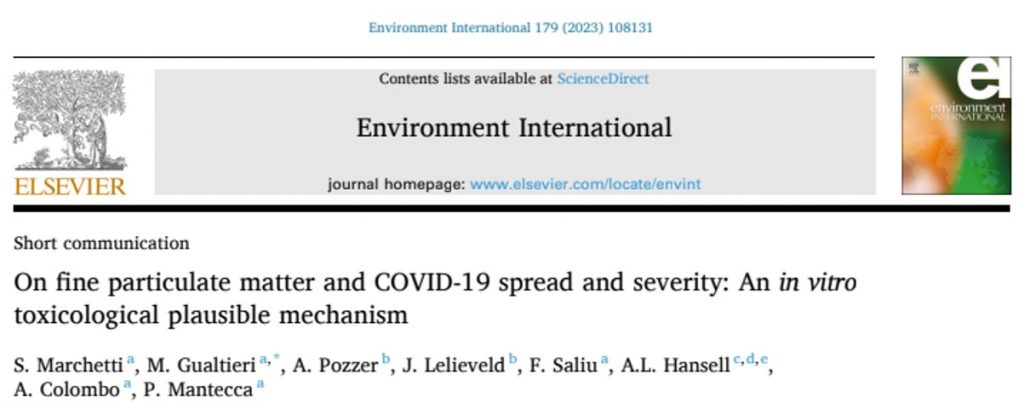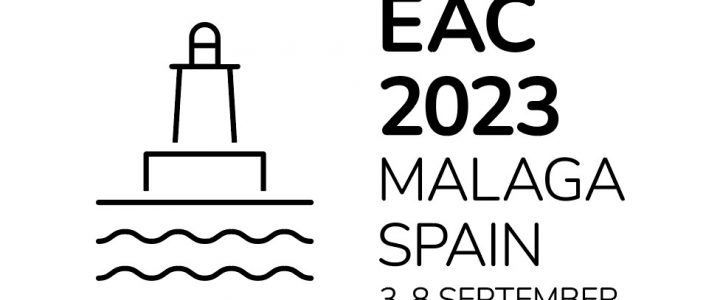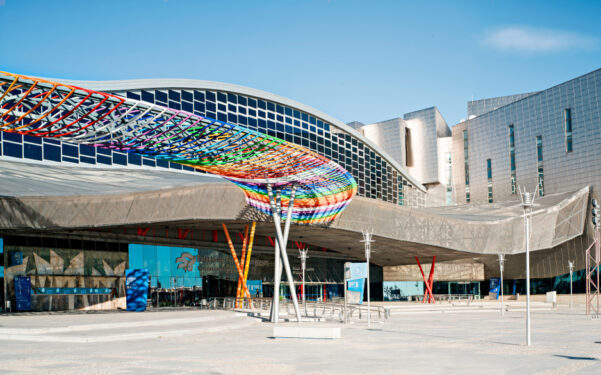New PhD position available!

Project title: New approach methodologies to assess the biological safety and mechanisms of action of advanced (nano)materials
The project will develop new advanced in vitro models of the lung barrier, exposed at the air-liquid-interface (ALI) with dedicated systems, to better mimicking the physiological conditions of exposure and responses to airborne particles and molecules. The new biological systems, based on the interplay of lung epithelial, endothelial and/or immune cells, also in combination with a 3D bio-printed extracellular matrix will be used to implement an adverse outcomes pathways (AOPs)-based approach to characterize the cytotoxic and proinflammatory effects of new nano(bio)materials and airborne pollutants. The project aims at establishing New Approach Methodologies (NAMs) combining advanced exposure systems, complex predictive biological models and molecular/omics, coupled with morphological approaches. A strong scientific contribution is expected in the fields of environmental toxicology and health and safety assessment of new chemicals and materials.
The PhD project is within the EU project INTEGRANO (Multidimensional Integrated Quantitative Approach to Assess Safety and Sustainability of Nanomaterials in Real Case Life Cycle Scenarios Using Nanospecific Impact Categories), HORIZON CL 4 2023 RESILIENCE 01 22 (GA n 101138414).
Tutor: Paride Mantecca
Supervisors: Maurizio Gualtieri, Laura Russo
The selection for admission to the 40th cycle PhD programme in Converging Technologies for Biomolecular Systems (UNIMIB) is open.
Please visit the Calls for Application section to get more information.








